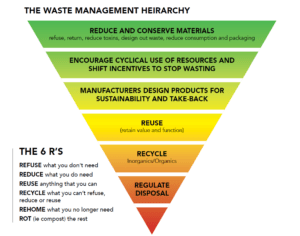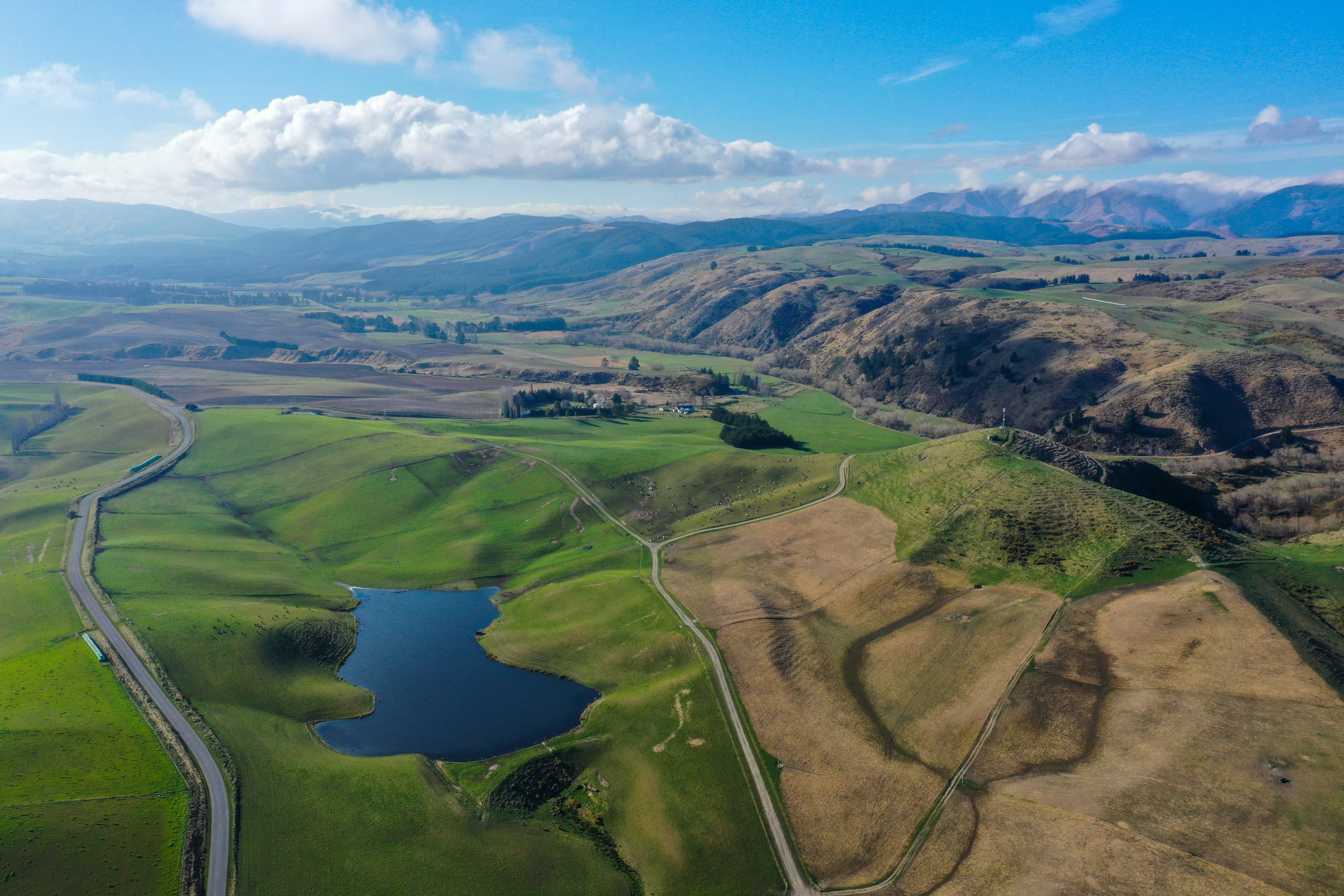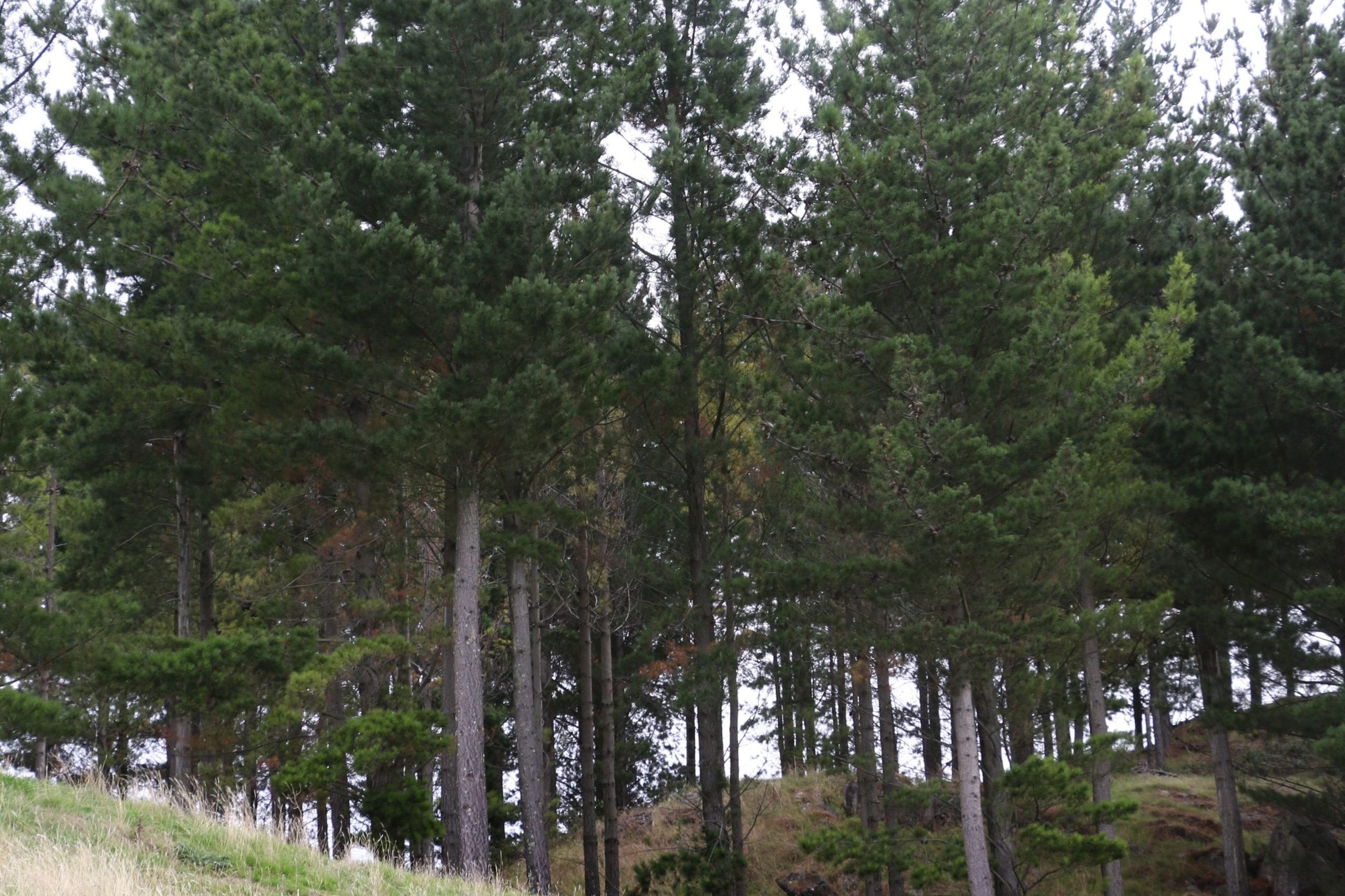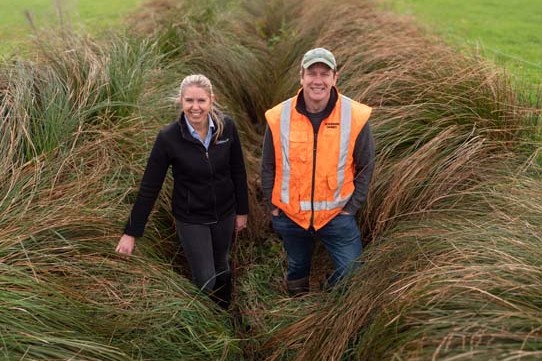Taranaki sharemilker Trish Rankin is on a mission to cut waste on farms. Jackie Harrigan reports. Photos: Brad Hanson.
Many people think about cutting the waste in their household – but Trish Rankin is the kind of woman who thinks bigger – how do we cut waste across the whole agricultural sector?
The 2019 Fonterra Dairy Woman of the Year winner and Kaupokonui, Coastal Taranaki, sharemilker is not one to let the fact that the circular economy phenomenon has not yet hit agriculture slow her down.
She has recently completed a Kellogg leadership course looking at the economic system that aims to eliminate waste and move to the continual use of resources. Now Trish has enrolled in a Post Graduate certificate on business innovation and the circular economy through Bradford University (thanks Fonterra for the $20,000 Dairy Woman of the Year study prize) and has been accepted to attend a Harvard Agribusiness seminar next summer. She is soon to launch a consulting business called Porohita (circle in Maori) as she wants to keep working and making a difference in the waste streams in the agricultural sector by moving to a circular flow of resources.
Trish Rankin is a busy woman, a dairy farmer sharemilking with husband Glen, primary school teacher at Opunake Primary for three terms (she has the third term off for calving) , mother to four busy sporty boys, a Dairy Environment Leader and DairyNZ Climate Change Ambassador, among other things.
Keen to do some self-development in late 2018 she enrolled in a Kellogg Rural Leadership course and thought about what issues are coming at farmers.
“I was already a climate change ambassador so I when I started thinking about the waste onfarm issue I decided that was the one I wanted to tackle.”
Trish was aware their 450-cow, 143ha Parininihi ki Waitotara (PKW)-owned dairy sharemilking farm created too much waste and she was keen to minimise it.
“We had 1.5 cubic metres of waste leaving our farm monthly in a skip bin bound for landfill, at a cost of $165/month and I started to think about how we could reduce that amount.”
With a small effort she reduced pickup to eight months of the year but was still uneasy about where the waste was all going. She also started to think about whether that waste was necessary in the first place and how the industry could get the producers of those products to take some responsibility.
“People tend to think about the recycling part of the equation, but recycling is number six on the decision-making triangle – there are lots of other aspects – starting with reduce, refuse, swap out for something re-usable and repurpose,” Trish said.
“That was the seed of my Kellogg study.”
Porohita ‘Circle’ is Trish Rankin’s new consultancy company to help farmers and industry move to lower waste.
10 QUESTIONS TO ASK:
Rethink: Is the product/action/input really needed?
Redesign: Can the ‘need’ for the product be redesigned?
Reuse: Can the product or packaging be reused? Can it stay at its highest quality over and over? Can you buy a 2nd hand version?
Refuse: Can I refuse the product and choose a better version of the product or a better way of doing it?
Regenerate: Can this product help to regenerate or improve our whenua (eg riparian plants)?
Return: Can any waste this product produces be returned to the maker? Are they part of a product stewardship scheme?
Reduce: Can I use less of the product or use it less frequently?
Recycle: Can all or part of the product be actively recycled?
Repair: Can this product be easily repaired/Are there parts available locally?
Regulated disposal: Can this be disposed of in a safe way?
She approached industry organisations to help fund it – and seven local and national entities stepped up – including AgRecovery, Taranaki Regional Council, Ballance, South Taranaki and New Plymouth District Councils and Farmsource and Hatuma Lime. Fonterra chief executive Miles Hurrell met her for coffee and personally added to her war chest.
While she really appreciated the financial support from the sponsors, the real value for Trish was access to the organisations for research and collaboration and pay back for them was information and feedback from her deep-dive into attitudes around waste among farmers in the local area and the dairy industry in particular.
“I just love learning – I always have,” she said.
So she set about a 30-day rubbish audit, research into the circular economy, a survey of 100 Taranaki farmers on their waste habits and workshops with FarmSource rural professionals brainstorming their thoughts. She also researched whether other organisations were looking at the issue already in the dairy sector and how they could be partnered and encouraged.
Trish’s overarching question was “How could I (on my farm) move towards a circular economy – one where the resources are not wasted from the system (as in our current linear ‘take – make – dispose’ economy)?
A circular economy has three aims – to regenerate natural systems, design out waste and pollution and keep products and materials in use. While the movement is active in some overseas countries (United Kingdom and Netherlands), work in New Zealand has only just begun with the Sustainable Business Council and Sustainable Business Network and work in the agricultural economy is almost non-existent, Trish found.
Starting with her farm Trish said a lot of waste is generated and because the farm is owned by Parininihi ki Waitotara burying the waste is not acceptable because their whenua (land) and kaitiakitanga – guardianship of it is important to them.
So the Rankins use the recycling facilities in their local town and send the rest in the skip bin to landfill.
Trish’s research highlighted 50% of other Taranaki dairy farmers are also recycling rubbish (48% of NZ dairy farmers), 43% are still burning or burying their rubbish (48% NZ wide) and 20% are sending rubbish to landfill (40% in NZ). Farmers surveyed cited improved council rubbish services as a preferred way to help deal with waste, but Trish suggests that might not be the best way to proceed.
“Isn’t that the ambulance at the bottom of the cliff thinking – we would be better off designing out the need for council waste services by designing out waste.”
Her work with local councils highlighted the regional strategy of Venture Taranaki Roadmap to 2050 and she investigated the work of the main players in the agri waste business and their adherence to the Waste Minimisation Act of 2008.
She also joined the Sustainable Business Network and acquainted herself with Taranaki’s WMMP (Waste Management and Minimisation Plan).
Working with local suppliers of farm inputs has galvanized many of them to look at the types of packaging that products are supplied in, where products come from and if there are better ways of procuring them. Trish held a workshop with a group of FarmSource store managers, sustainable dairy advisors, farmers, manufacturers and collectively they are looking at the 6Rs applied to their businesses.
“They generated lots of good ideas by brainstorming about minimising waste within their retail stores and being able to advise their farmer clients about dealing with waste from products and substituting for less waste-intense products.”
This group were also well placed to do more work with manufacturers and suppliers to see what best practice is and what technology is available to help cut waste.
While NZ has been obsessed with recycling over the past few years, Trish says the poor outcomes from the other end of the recycling process mean we need to think deeper about the other aspects.
“One of the other important things that came out of the Kellogg study was the other actions like reducing – not just waste but all inputs – reducing water use and electricity through better measuring and monitoring, shortening up the supply chain for things like calf meal and other inputs, using local suppliers and thinking about ways of buying in bulk to save packaging – these are all tangible things we can do – with the net result of reducing waste, saving resources and cutting down on carbon.
“My research led on to the whole life cycle assessment whereby these things can be measured and hopefully farmers can get some credit for making the effort to move to more circularity.”
 She thinks there is a real opportunity to put LCA numbers on the products farmers use to help with decision making around the environmental impacts associated with all the stages of that products life from raw material to disposal or recycling.
She thinks there is a real opportunity to put LCA numbers on the products farmers use to help with decision making around the environmental impacts associated with all the stages of that products life from raw material to disposal or recycling.
“It could be a game-changer for farmers where we assign real numbers to our impacts so we can then measure these and strive to reduce them.”
“If I send less rubbish to landfill, how can I get that improvement ‘number’ as part of my farming system? The circular economy is a numbers game. What goes in should match what comes out, and everything used stays in play for as long as it can.”
Calculate the numbers and educate farmers, suppliers and manufacturers about the 6Rs of waste and better product stewardship is Trish’s way forward via Harvard Business school and Bradford University and collaborating with local and national agricultural businesses.





